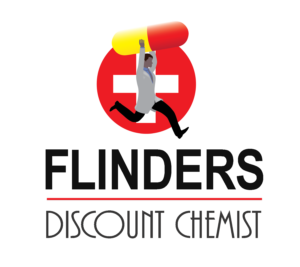It’s time to build a new stress-free schedule to cure a serious problem of sleep apnea. This case generates a hindrance to your breathing during your sleep mode. Usually, the throat muscles unwind and clog the airway, which is known as obstructive sleep apnea. Sleep Apnea Treatment helps to mitigate the symptoms of sleep to lower the health risks. An open airway will boost your ability to breathe while you sleep. Key measures for managing and possibly reversing sleep apnea.
1. Changing Your Lifestyle to Treat Sleep Apnea
Your health depends on your lifestyle. Multiple factors affect your daily life routines, one of which is sleeping schedules. As we are talking about a sleeping disorder, sleep apnea, here are the factors for it:
- Weight Loss
- Avoid Alcohol and Sedatives
- Change Sleep Position
- Quit Smoking
- Treat Nasal Allergies
2. Sleep Apnea Treatment Devices
Your physician may advise breathing equipment if lifestyle modifications alone aren’t sufficient. They are the mainstay of treatment for moderate to severe instances of sleep apnea.
- CPAP (Continuous Positive Airway Pressure): The most widely used and successful treatment. Through a protective device, it maintains an open throat by applying constant air pressure.
- BiPAP (Bilevel Positive Airway Pressure): Different air pressures for intake and exhalation are used in this therapy. It is comparable to CPAP and is frequently used for patients with COPD and sleep apnea.
- APAP (Automatic Positive Airway Pressure): It automatically modifies air pressure during the night according to your breathing habits.
Using these devices successfully over the long term requires selecting the appropriate mask and machine. Receiving regular support is also crucial.
3. Oral Appliances
An easier option for people with mild to severe sleep apnea or those who cannot handle CPAP is an oral appliance. By pushing the lower jaw forward, the most popular kind, a mandibular advancement device, maintains the airway open. They are portable, low-tech, and frequently used as a first measure before more sophisticated solutions.
4. Surgical Options
If non-invasive treatments don’t work or if unusual features are making the disease worse, surgery can be required. Typical surgical procedures include:
- Uvulopalatopharyngoplasty (UPPP)
- Jaw Repositioning Surgery
- Nasal Surgery
- Hypoglossal Nerve Stimulation
- Tracheostomy
5. Emerging Treatments
There is a continuous development of new treatment options for sleep apnea:
- Somnoplasty: It is a therapy with little invasiveness that reduces throat tissue.
- Inspire Therapy: An implanted upper airway stimulator that keeps the muscles in the throat moving while you sleep.
- Medications: Medications or drugs can help control excessive drowsiness. By decreasing excess body fat, new weight-loss medications will help alleviate discomfort.
Conclusion
It is hard but not too difficult to cure sleep apnea, as you will have to be strict in managing your lifestyle. It is challenging to settle and run your life with medications and devices to control the conditions of sleep apnea. The extremely neglected conditions of sleep apnea can lead to surgical options. To control things for your health, you need to focus on sleep apnea treatment at its early stage. Just move to cure it when you are observing its symptoms in your habits or health.
Flinders Discount Chemist offers reliable sleep health options and low-cost devices to help you get more restful sleep and better health.




